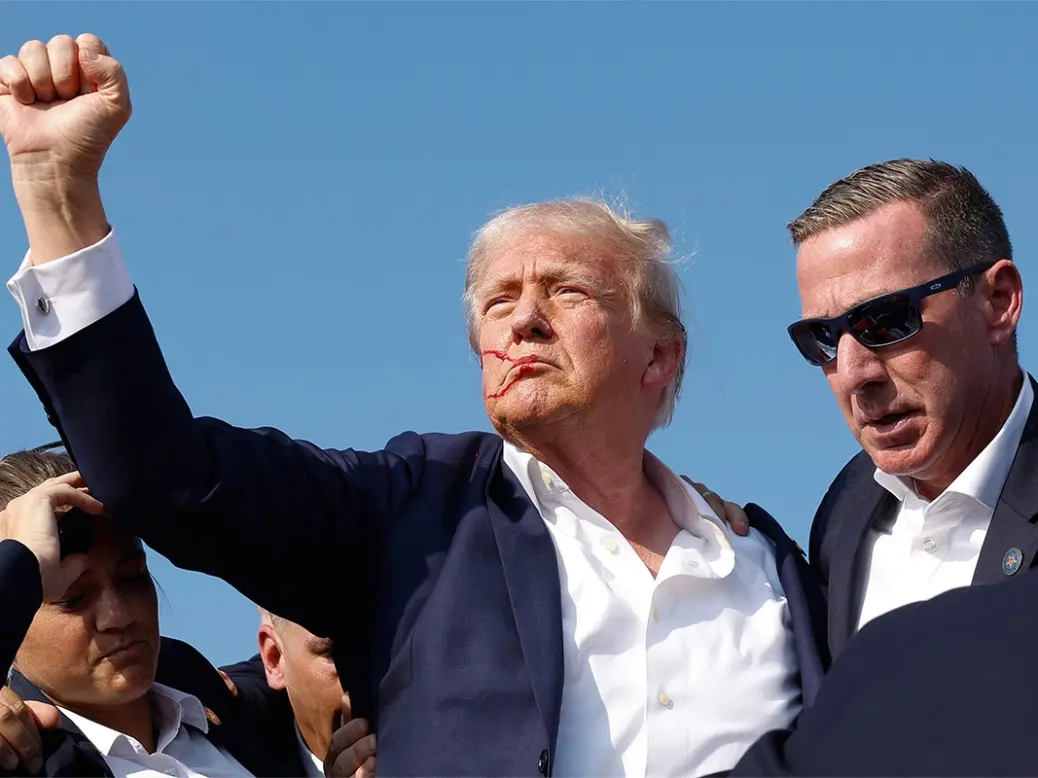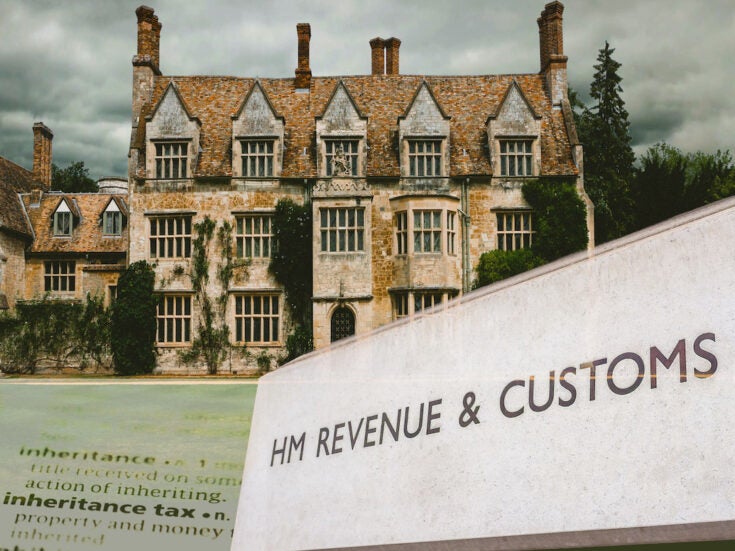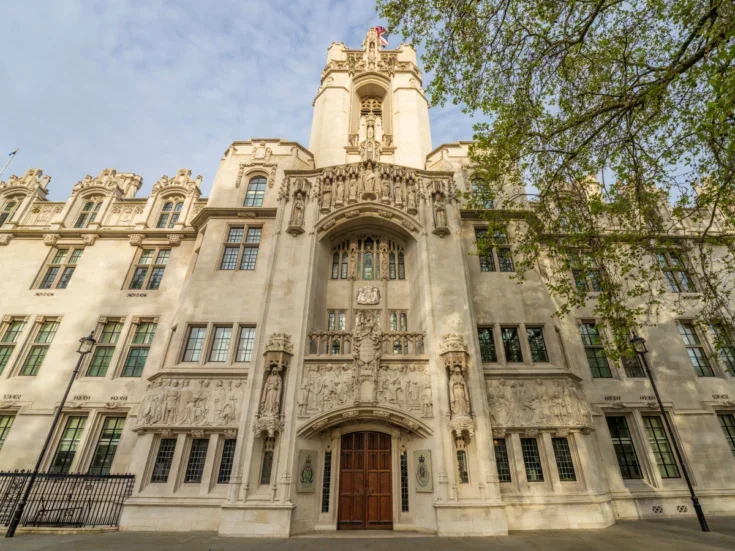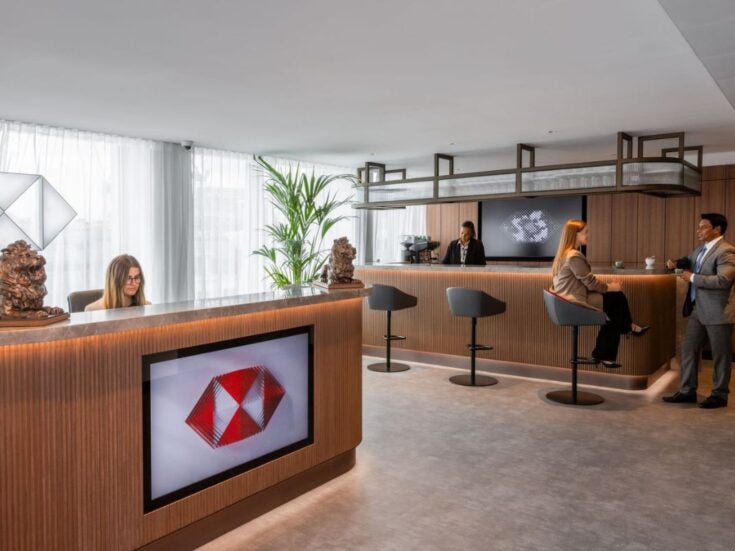
The assassination attempt on Donald Trump has thrown into sharp relief the security risks facing politically exposed persons and other high-profile individuals, leading advisers have explained.
The former president came under fire from a gunman positioned on top of a roof while delivering an address at a rally outside Butler, Pennsylvania, on 13 July. The shooter, Matthew Crooks, injured Trump, killed former fire chief Corey Comperatore and critically injured two other audience members before being shot dead.
[See also: The best security, intelligence & investigations advisers for high-net-worth individuals]
The U.S. Secret Service ushered Trump to safety yet questions have been raised over how and why the attack was able to take place, despite the extensive security procedures that typically take place ahead of such appearances.
Philip Grindell, founder of Defuse, notes that until an official investigation has been carried out it is difficult to offer a thorough assessment on the events leading up to the attack.
‘So far, we have a lot of speculation and media information, and having planned and managed similar security operations in the UK as a counter terrorism security coordinator, I know from personal experience that what is published is not always correct,’ says the adviser, who led the effort to protect MPs after the death of Jo Cox. ‘That said, shots were fired at the former President, a man was killed, and others were injured, so from that perspective, the security plan failed.’
What happened on the day of the Trump attack
David Allison, founder of Octaga Security Services and a former SAS soldier, described the sorts of checks that should be carried out as a matter of procedure.
Firstly, a clear area security check would be carried out by the Security Advanced Party (SAP). He explains: ‘[This is] where the venue is checked for threats, which covers a multitude of things, including bomb threat IEDs (improvised explosive devices); suitability of the venue in its ability to provide good security to cater for the event; entry and exit points; potential vulnerable areas like bottlenecks/choke points; threats from non-Trump supporters; profiling and screening the audience at point of entry to the venue; and emergency break-out points with alternative routes in and out of the venue.’
[See also: Experts on the growing risk of deepfakes to HNWs and how to respond]
In an event like the rally in question, involving a PEP with Trump’s profile, there would also be a sweep carried out for sniper points. ‘Were these checked?,’ Allison asks. ‘I would be amazed if all this wasn’t checked before by the Police and Secret service teams.’
Hussein Nasserr-Eddin, a security expert and CEO of Crownox, agreed that there appears to be a failure in successfully securing the area ahead of the event, noting: ‘The building where the shooter was located was only 400 feet away from the target. However, according to media reports, there were only two sniper positions behind the stage responsible for covering the entire area behind the stage, leaving other buildings, including the one used by the shooter, unmanned.’
Could the attack have been avoided?
The question remains: could more have been done? In short, yes, according to all three experts.
‘The level of security observed during Trump’s speech appeared to be below typical standards seen during similar events worldwide,’ notes Nasser-Eddin. ‘This could be due to Trump’s classification as a former president and potential candidate rather than “The President”, which might have led to a lower security protocol being implemented.
‘However, given Trump’s controversial political profile and the current election cycle, this approach shows a threat analysis and intelligence mistakes.’
The adviser, who specialises in security in the Middle East, noted that there would have been far greater security measures put in place for a similar event in the region, and suggested that the US might have something to learn.
Grindell suggests that it is impossible to know what might have been possible without being furnished with the facts. However he acknowledges some potential security lapses might have been created by the number of law enforcement agencies involved. ‘The US Secret Service operates the close protection and immediate perimeter zone, with other law enforcement agencies managing external zones,’ he explains. ‘The reality is that the more working parts you have involved, the greater the risk of something going wrong.’
Drawing on his own experience organising security plans for high-profile figures at events, he emphasised the importance of having a single person responsible for piecing ‘information and requirements into one plan’ to overcome the ‘potential failings’ presented by an uncoordinated approach where teams can assume ‘a search regime has been conducted and find that it hasn’t.’
In terms of additional practical steps that could have been taken, Allison suggests ‘mini drones’ could have been used in the task of securing the area, alongside methods like positioning police spotters on ‘high points’. He adds it is likely this step was carried out but ‘for whatever reason they missed, or failed to see, the sniper.’
He adds: ‘A stop and search policy could have prevented this however [Pennsylvania] is a state where they can carry arms in public with the correct gun licences. I would however again think that the public wouldn’t be allowed into the venue whilst carrying.’
Both he and Nasser-Eddin agree that Trump speaking behind ballistic protection glass could have significantly mitigated the threat.
What can HNWs learn from the attack?
Predictability and complacency are the greatest threats at scheduled events and appearances, warns Grindell: ‘when a person’s movements are predictable, the risk is elevated’.
Trump’s appearance, was of course, a scheduled one, and a widely publicised part of the Republican Party’s campaign trail. It therefore would have been straightforward for Crooks to have obtained detailed information on his movements and timings.
Complacency, however, need not follow predictability. While ‘fixated and grievance-driven people will conduct detailed research’ probing for vulnerabilities, to the extent that ‘they often understand your security better than you do, the input of independent experts can offer the same detailed research and alert those involved to possible vulnerabilities, providing robust security plans’.
Allison agreed, noting that ‘the risks never go away’ and highlighted the importance of thoroughness when executing a security plan.






